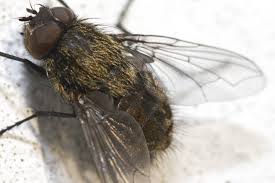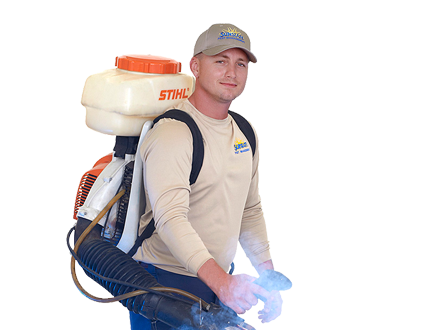

If you happen to see flies in the house during the winter, chances are what you’re seeing is a fly known as the cluster fly. These flies, unlike regular house flies, do not constitute a health hazard to humans simply because they do not lay eggs in food.
What do they look like?
These flies are anywhere from a quarter inch to 3/8” in length, which is slightly larger than the average house fly. They are slow moving and their wings overlap when they are at rest. When it comes to color, they are medium to dark grey in the abdomen area.
When do you see them?
Cluster flies usually live outside and normally lay their eggs in soil. However, unlike many other pests, these flies like to come indoors during the winter time. During the fall, they congregate on the sunny side of a house or other structure and start to find their way inside through cracks or crevices. They hibernate over the winter, which means you, as the homeowner, probably don’t even know if they’re in the house.
However, during unusually warm winter months, the flies will often “wake up” thinking that it’s springtime. They slowly start moving towards the light, which means you may find them hovering around lamps or light fixtures, windows or even Christmas lights. It is not unusual for homeowners to see a fly or two over the winter, but there are homeowners that complain of hundreds of these flies suddenly appearing in late fall or early spring.
What to do if you do see flies
For one or two flies, simply get out the fly swatter. But be careful where you kill these flies as they can stain paint and fabrics. Another method of control is to simply vacuum them up. But this can get frustrating if you have more than one or two during the winter. If this happens, it’s best to contact a professional. This is because simply applying an over-the-counter spray may leave dead flies in the house, but then these dead flies become an attraction for other types of bugs that look at them as food.
The best action to take is prevention. Make sure to seal up your house and eliminate entry points. During the fall, you can call a professional to apply treatments to the sunny-side of the house as well as to apply targeted treatments within the walls.
